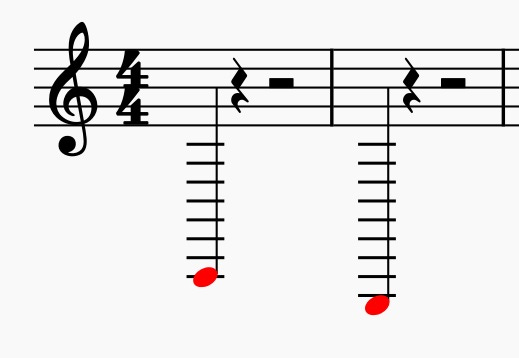A musical "what if?": ELP's Karn Evil 9 on a pipe organ?!?
And a lesson that was not obvious from when I began playing so many decades ago.
Longtime readers of the ‘stack have probably sussed out that I am a fan of old-school Progressive Rock, with a very fond streak for Emerson, Lake and Palmer (ELP).
I’ve had videos of the legendary Keith Emerson playing at Moogfest, or with an all-star cast on one of the ELP classics, an adaptation of Copeland’s “Fanfare for the Common Man”, or the magnificent Rachel Flowers playing Keith’s actual modular Moog.
Seriously, if you want to get me to click on your video on YouTube, cover some ELP, and I am so there.
Thus, today’s post should be no surprise. Here we have something somewhat unique. The epic track, Karn Evil 9, published on the Brain Salad Surgery album of 1974 is a classic tract in three impressions. It starts off with a simple motif of Keith on the synthesizer and builds to a solid crescendo.
It has been covered plenty, but today I found a unique take. Instead of using modern synths, Owen Tellinghuisen has adapted the first impression of this song to the pipe organ.
And it is glorious.
But, as a guitar player, there’s a tidbit of knowledge to be taken away.
(Sweaty enters the wayback machine)
Learning Guitar
In the mid 1980’s while I was taking guitar lessons, I was like millions of other teenaged boys in America (and indeed, across the world) who wanted to learn to play what was becoming the rise of “Hair Metal”. Bands like The Scorpions, Iron Maiden, Ratt, Poison, and others were blaring across boomboxes everywhere.
Anyhow, my teacher, was explaining to me some of the core concepts, and he mentioned the “pedal” theme. If you are familiar with say “Round and Round” by Ratt, there is a consistent, time-keeping thrum on the low E string, sort of a backbeat that helps you keep time, and it provides an anchor to the song.
My my maestro explained it to me, is that it was from classical music, and it was the dance that you do on the base strings while you are doing something melodic on the higher notes. Since I played a lot of fingerstyle at the time (I was more coordinated and confident with that than my picking) I just accepted that explanation and moved on. Really, I just wanted to learn the next Sabbath/Ozzy/Maiden riff and then bounce.
Years later, I bought one of the Frederic Noad’s books on Solo Guitar1 and early on there were a LOT of exercises that had a droning pedal tone, that was — you guessed it — bouncing your thumb off the low E string.
You might be asking yourself “Sweaty, where are you going with this?”
Glad you asked.
If you click through and watch the video (and I do hope that you do), you will see times where the camera POV changes to show Owen’s feet.
The reason being that there are these “bars” that he uses his feet to push.
Almost like they are “pedals”.
Pedals that when you press them, sound bass clef notes.
Bass clef notes that provide a contrast to the main motif.
Oh yeah, that is where the term “pedal tones” is derived from.
And now you know.
A.k.a. Classical Guitar




Thanks for the trip down memory lane.
Keith Emerson once said: “I do not write music for the pop charts. I write music for … let’s say 50 years from now, musicians would still want to hear.”
I still listen to this music, because unlike today’s music, they were actual musicians, not just singers/entertainers.
Great video! I have access to a fairly large pipe organ (which also has electronic sounds) and before I started getting busy with other things, was learning to play. I’ve played piano for the better part of 60 years (and actually had a small console organ growing up), but adding that pedal line is something that makes my brain go haywire. My brain switches the 2 bass lines (left hand and feet). All of this is a really long way of saying I love watching talented organists, since I am not one. So thank you!